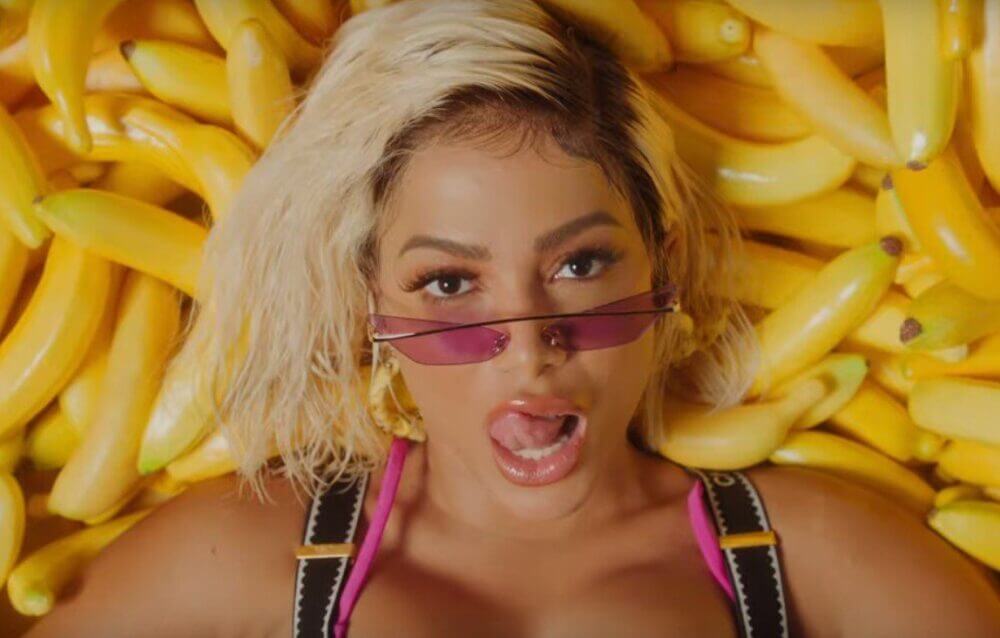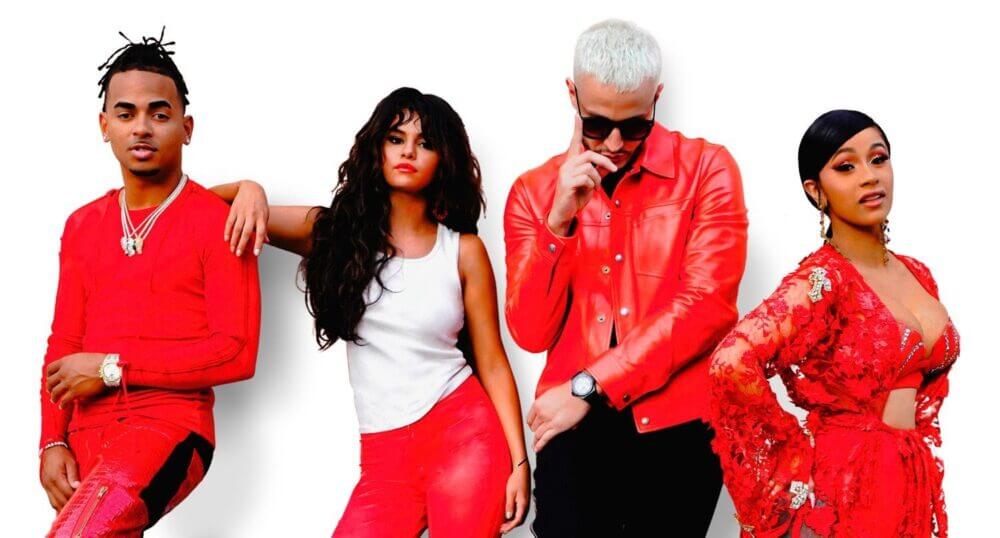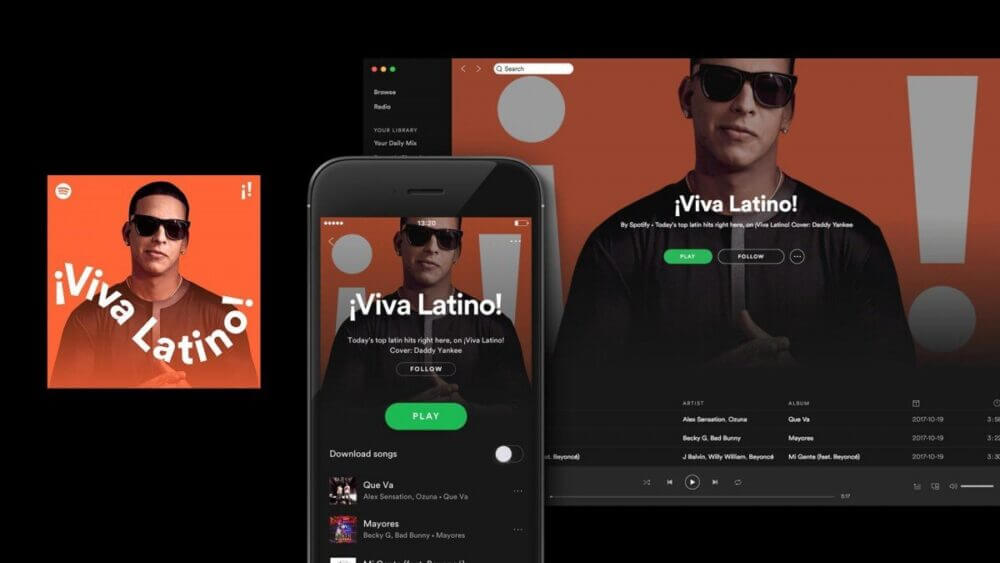
Artists like J Balvin, Maluma, Becky G and Anitta reflect a discourse of Latin pride and represent a gigantic community
Many people think that the Latin movement in the pop culture top charts is something that came about with Despacito or Mi Gente, by Luis Fomsa and J Balvin, respectively. No, this whole Latinity has been built for a long time.
It's strange, but a lot of people forget that Shakira, Ricky Martín and J-Lo are members of the Latin community. That Gloria Stefan and Selena came before, paving the way — with great difficulty — and showing their talent, which, btw, is super creative.
The big difference between when J-Lo or Shakira started in the American market, specifically, for today's renowned Latin artists, is that the first names needed to go through a process of “adaptation” or even “sanitization” for American culture, this way, the sound would not sound so ethnic or even folkloric. Now, there is a sense of community created around the subject that makes American culture organically absorb this Latinidad.
This process changed a lot between Gloria Estefan and Cardi B, for example.
O reggaeton, the most successful musical style in Latin America, generally follows a basic time division of 4/4 and uses characteristic sound elements such as Spanish guitar. The musical genre emerged in the 70s in Panama with a mix of Jamaican sounds, Latin elements and hip-hop — which was still in its infancy as a musical style. In the 90s, the reggaeton It became a rage, especially in Puerto Rico, with strong names like Dandy Yankee representing the style — who doesn't remember the hit Gasolina, from 2004?.
We better understand the exponentiality of reggaton when we draw important parallels on the subject, such as the music market crisis, internet access in Latin countries and the digital heavy user behavior of people in these countries. The combination of these elements with the representation of reggaeton could only bring one result: reach.
Between 2014 and 2017, for example, the genre grew 119% within Spotify, when we compare this number with the growth of pop, which was 13%, we understand that the reggaeton It's a success story.
In contemporary Latin culture, everything is a lot and the internet has only enhanced everything
Mathematics of the Latin tsunami: population numbers + access and time spent on the internet = success of several Latin artists.
It is the first time that artists have managed to earn a lot of money from streaming services and social networks. Names like those of Colombians J Balvin and Maluma, with more than 10 billion views on their respective YouTube channels, or even Brazilian Anitta with 15 million monthly listeners on Spotify, make this a millionaire market and that These artists occupy places unimaginable 10 years ago.
Imagine: if we add up the internet audience between Brazil, Mexico, Argentina and Colombia, we are talking about more than 250 million people. Add these numbers to the hype created around these artists, to their particular results, to super sophisticated collaboration and release strategies and it is unlikely that we will have a failure.
The Latino community understood that the formula for growth is helping each other.

44 million of the American population are immigrants, of this total, 39% are Latinos, a number second only to Asian immigrants. The current immigration policy proposed by the Trump administration has caused communities to come together to combat conservative thinking and this has boosted this feeling of pride in their origins and ancestry.
With such expressive numbers and this political need to express their roots, Latin artists understood that colabs would cause an avalanche effect on your results.
Taki Taki, the latest hit that celebrates the partnership of DJ Snake, Selena Gomez, Ozuna and Cardi B has more than 1 billion views on YouTube. Maluma's single Cuatro Babys with Trap Capos, Noriel, Bryant Myers and Juhn already has almost 900 million hits.
Comparing these numbers with the video for Million Reasons, for example, by Lady Gaga — an artist with a much greater international penetration — which has just over 190 million views, we understand the dimension of reggaeton and the Latin market.

Greatest Latin reggaeton artists
J Balvin — Colombia
Luis Fomsi — Puerto Rico
Nati Natasha — Dominican Republic
Maluma — Colombia
Daddy Yankee — Puerto Rico
Nicky Jam — USA (son of a Dominica mother and Puerto Rican father
Yandel — Puerto Rico
Anitta — Brazil
Lali — Argentina
CNCO — USA (children of Latinos)
Ozuna — Puerto Rico
Becky G — USA (daughter of Mexican parents)
Greeicy — Colombia
Bad Bunny — Puerto Rico
Karol G — Colombia
The end of Eurocentrism and the growing number of interracial couples reflect the new global top charts
Migratory movements and cultural changes resulting from mixing with refugee groups will make the world increasingly multiracial. According to data from the WGSN “Consumer of the Future” survey, by next year, more than half of Americans under 20 will belong to some ethnic minority and there will be more white people getting older than being born. And that changes everything.
According to the Italian Statistical Institute, the growth of interracial marriages in Europe has grown by 172% since 2001.
All this data is reflected in everyday life. I tend to think that pop culture is a barometer for where the world is heading in terms of consumption. If we analyze the top chart successes of recent times, we will come to two styles: K-Pop — a style of Korean pop music — and reggaeton.

The most interesting fact to conclude is that the reggaeton managed to unite different countries in Latin America — even Brazil, which, in addition to the language barrier, had not heard music in Spanish since the rise of artists like Julio Eglesias, Ricky Martin and Alejandro Sanz — in the name of a common thread: the to exalt the culture of the Latin people. Hence style mashups arise. Reggaeton with funk, trap, pop, hip hop, reggae and several other sounds that are even more regionalized.
